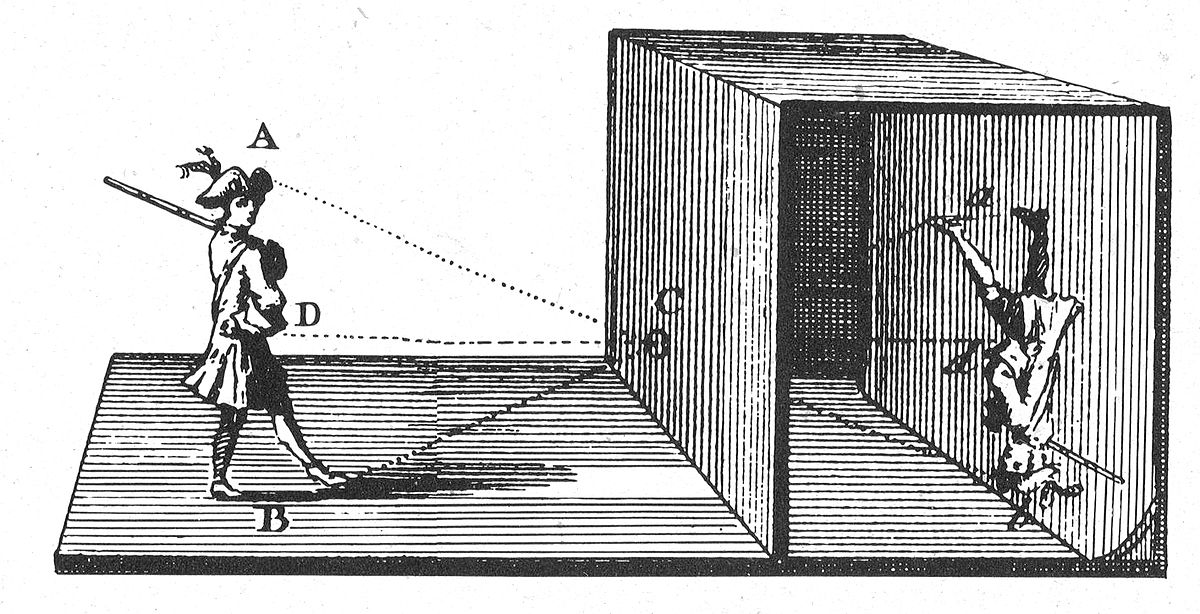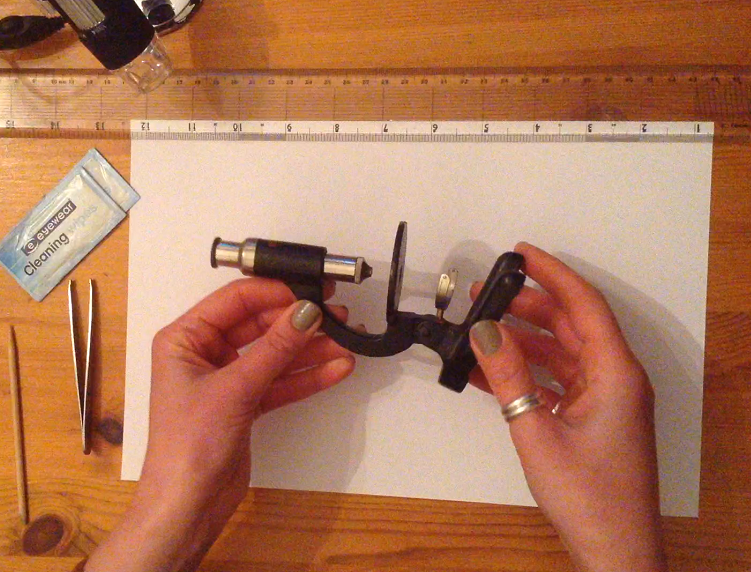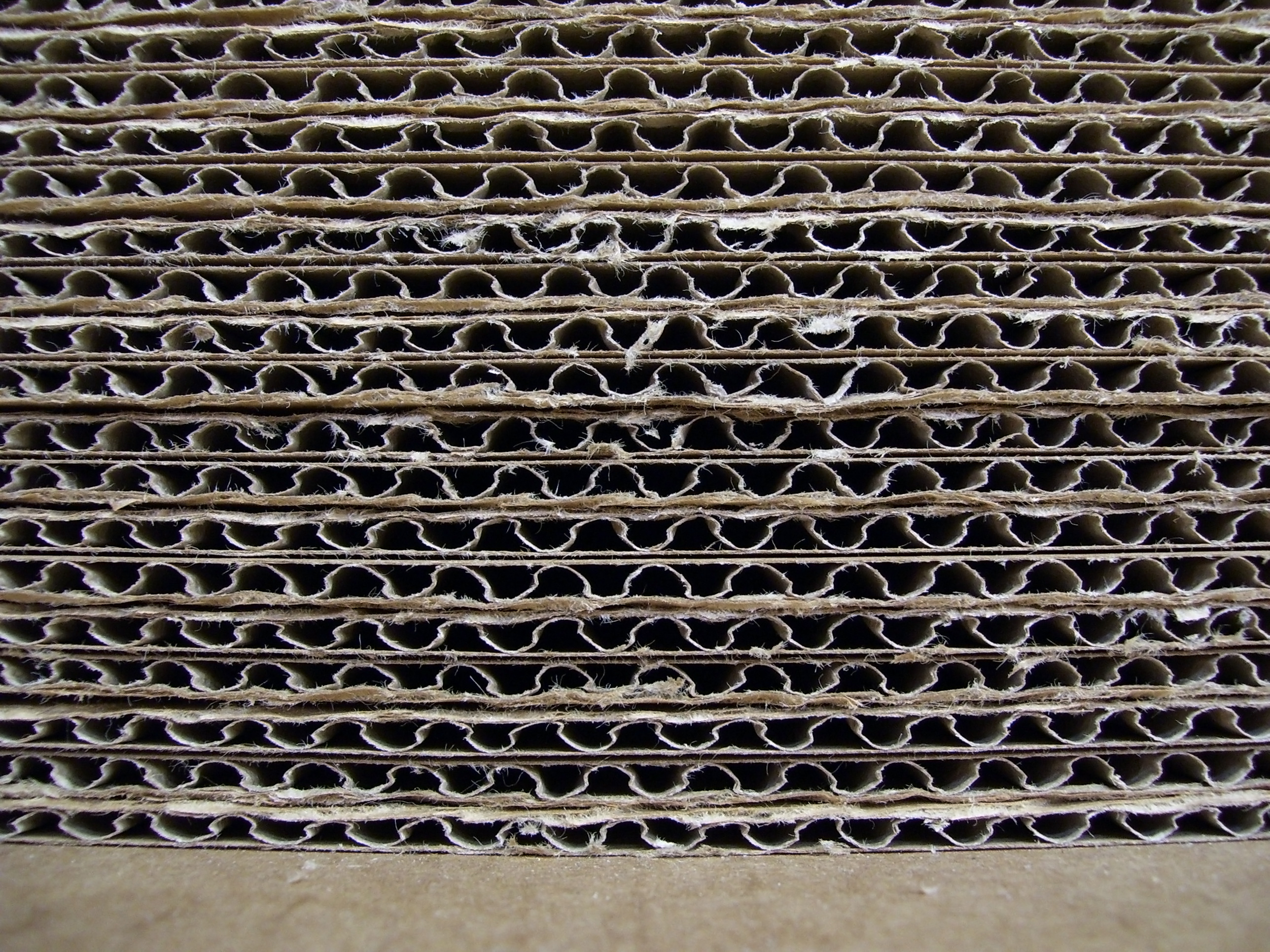An understanding of genetics has been with us from very early on. We didn’t exactly know the machinery behind it, but we understood that parts of an individual’s physical and behavioural characteristics got passed on to their young. Since the beginning of agriculture, we chose to breed animals and plants for particular traits that we found beneficial. Gregor Mendel was one of the first to properly experiment with genetics in the late 1850’s. Using pea plants, he was able to show inheritance, and how traits can be dominant or recessive. We knew that there was something controlling and dictating these traits, but what was it? Around the same time as Mendel was investigating inheritance in plants, a Swiss chemist Johann Friedrich Miescher was studying white blood cells. During his studies, Miescher found that when blood was mixed with a certain acidic solution, he could see a white substance that was unlike other proteins he had seen. Miescher named this substance ‘nuclein’, but we now know it as DNA.
The study of DNA
The study of DNA and genetics is nothing new in science – it dates back to Aristotle and Hippocrates (around 300BC). The difference between the scientists that pre-dated Mendel and scientists now is simply technology. As technology and experimentation became more refined, especially since the early to mid 1900’s, our understanding of DNA has exploded.
We are all familiar with the twisted ladder design of DNA. It is one of the first things you learn in biology and it has made many appearances in movies such as Jurassic Park and the X-Men. But how do we actually know what it looks like? DNA is a tiny molecule – about 2 nm (nanometres, one billionth of a metre) in diameter.
Photo 51

Copyright Kings College London
In 1950, biophysicist Rosalind Franklin joined a team in Kings College London who were using x-ray diffraction to investigate the structures of lipids and proteins. Thanks to her experience in experimental diffraction, Franklin was moved onto a project imaging DNA. Using a technique called x-ray crystallography, Franklin captured one of the most famous images in biology, known simply as ‘Photo 51’. This was the image that Watson and Crick would go on to use to discover the double-helix structure of DNA.
The image can be a little hard to understand if you are not used to looking at x-ray crystallography images. From my understanding we are not looking at the DNA strand from the side – the way it is normally shown – we are looking down through it (like looking down a tube). Secondly, there are two types of DNA, A and B – this is B, where the nucleotides are at a more horizontal position to each other. The cross shape in the centre is characteristic of helical molecules. It’s important to remember that it would not have been this one image alone that led Watson and Crick to their discovery, this was an essential part, but they would have had other information too.
Briefly: what is x-ray crystallography?
X-rays are a form of highly energetic light. It is so energetic that it can move through solid objects. This is how we get medical x-rays. An important characteristic of x-ray for imaging is that it has a very short wavelength. This allows us to image much smaller structures than those we can see with standard microscopy.
X-ray crystallography is a technique that can image crystallised molecules. The sample is bombarded with x-rays. The x-rays are diffracted by the sample, and land on a piece of photographic paper. The pattern of the diffracted rays creates the image. Structural information such as the position of the atoms in the molecule, bond length, and the distance between atoms can be found using this technique.
A direct look
In 2012 a team at the University of Genoa, headed by Enzo di Fabrizio, took DNA imaging to the next level. Using SEM, they were able to achieve the incredible and produce a direct image of the DNA strand. In the image the infamous double-helix structure can be clearly seen as a cork-screw like structure. It is unmistakeable! Each of the dark stripes is a twist of nucleotides. So not only does this image confirm that Watson and Cricks double-helix is correct, but we are now able to see the blueprints straight from the paper. We still have a long way to go, however. The team in Genoa believe that with improved technique they will be able to visualise individual nucleotides. So this image is just the beginning.

Copyright of the University of Genoa
Briefly: what is SEM?
SEM is my favourite imaging technique, purely because everything is more interesting under SEM. Scanning Electron Microscopy is an imaging technique that uses electrons to create the image. The sample is dried and coated in gold (to stop electrons being given off by the sample which will cause a fuzzy image). The sample is then bombarded with electrons. The electrons bounce off the sample and hit detectors inside the microscope tube. The angle and density of the electrons creates the image. Because the image is created using electrons, the resolution is better than 50pm (picometres, one trillionth of a metre) and this allows us to see the most minute of details.
What is the benefit of being able to image DNA?
Much of the work we do with genetics involves techniques to visualise the activity of the genes. Techniques such as PCR and fluroscent imaging to show the activity of genes and proteins are used regularly, so what is the benefit of being able to see the DNA strand itself? By being able to visualise the DNA strand itself, in depth research regarding the interactions between the DNA strand and other biomolecules can be done. Further study of the evolution of DNA too will benefit – mutations are a result of incorrect division and reconstituion of DNA. With a greater knowlege of these activities and how they are done and regulated, our understanding of the instruction book will only get better and better.



